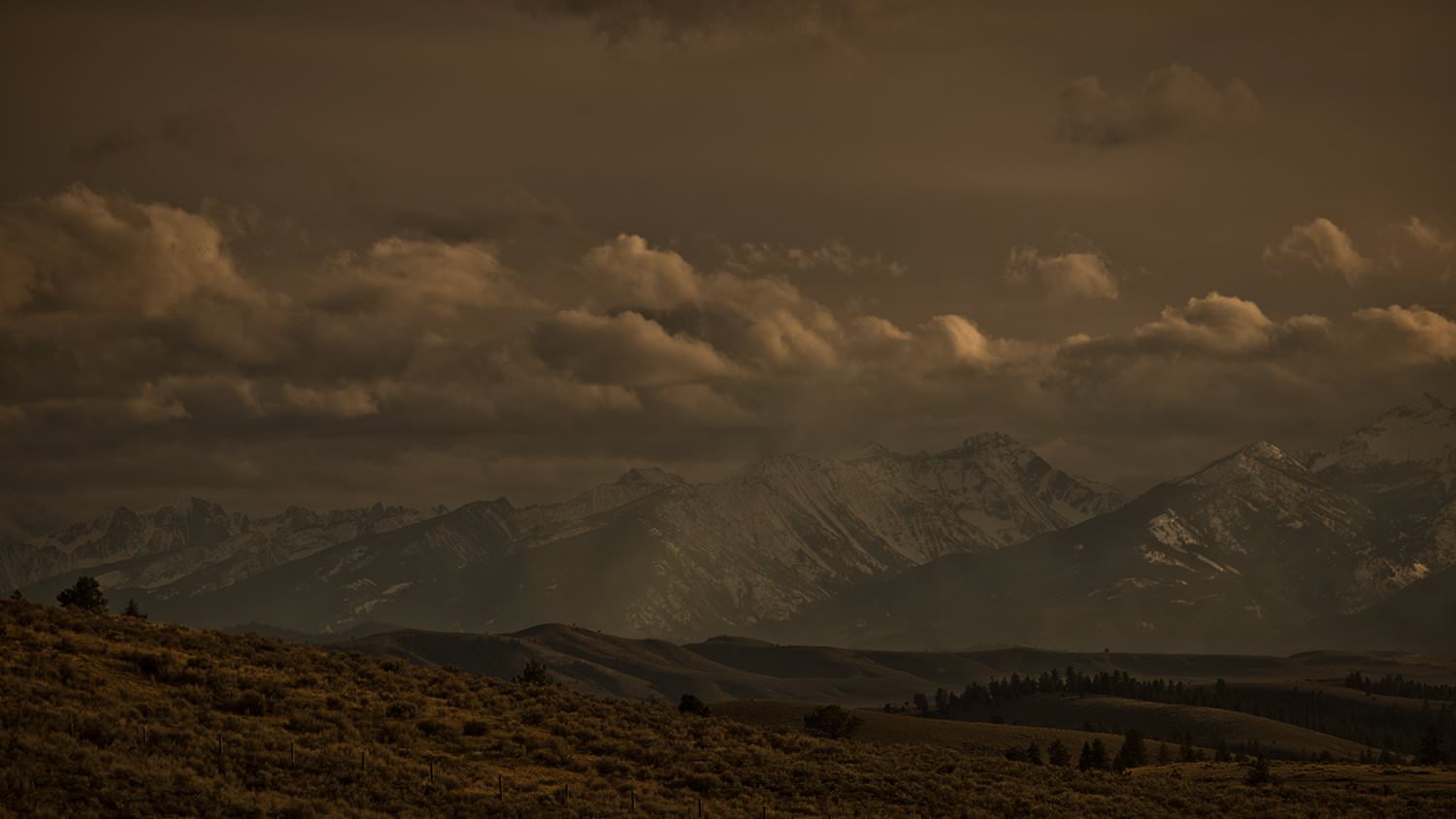A Closer Look at Hunting Knife Purchases IN 2019

In this, our third installment in the summarization of the NSSF’s recently released report, Consumer Knife Market, we’re going to look at some findings specific to hunting knives. With that said, one huge takeaway from the report is that it’s evident that a knife purchased for other uses, or a knife that’s designated for a specific service other than hunting, might very well be used for hunting.
Second to that point, particularly if you don’t have the patience to study lots of data is this: Outdoor enthusiasts own a LOT of knives, and they aren’t going to stop buying them anytime soon. While this study reports on findings of 1,364 participants and cannot necessarily be extrapolated to every U.S. knife owner, it’s a pretty large cross-section of knife-owning enthusiasts, so it’s well worth looking at. The average total number of knives owned by respondents in this study was 22.3. Also from the report:
“Nearly half (45.1%) of respondents own between 5 and 14 knives with 12 being the median. Slightly over 1% of respondents reported owning in excess of 100 knives skewing the mean higher. However, the number of knives owned by a small percentage of respondents is likely higher since response categories for each knife type were capped at 20+.”
We’ll get further into how customers shop for knives, what they plan to purchase and where they plan to make those purchases in a future blog post. For now, let’s look more closely at the hunting knife category and its deep ties to the outdoors industry.
As we pointed out in our last summary, the Everyday Carry (EDC) knife is the most frequently owned type and also owned in the greatest quantity. Hunting knives come in second, with 85% of respondents reporting they own at least one, and 5% reporting they own 20 or more. Respondents own an average of 4.56 hunting knives, compared with 5.76 EDC knives.
What’s interesting to note is the overlap in usage among knife types. While respondents indicated they purchased knives specifically for their intended use, what they actually use them for varies. In this study, it was found that survival and outdoor recreation knives are frequently used for hunting.
When looking at how a knife is actually being used, 82.9% report using a hunting knife for hunting. No surprise there, but 31.2% of respondents report using their survival knife for hunting, and 27% report using their outdoor recreation knife for hunting.
By definition, for the purposes of this report, here’s what determines a survival or outdoor recreation knife:
Survival – Knives used in harsh or risky outdoor conditions where a person is stranded and must survive by making tools from wood, building shelters starting fires for warmth or to signal to search parties, and other similar tasks.
Outdoor recreation (e.g. camping, hiking, climbing, paddle sports, boating) – Knives used in recreationally focused outdoor activities for building campfires, cutting tree limbs, cutting rope and cord, outdoor food preparation, etc.
This brings us full circle to a point made earlier in this series, which is that of 37 knife features that potentially figure into purchase decisions, five of those features rose to the top of the list. Here they are again:
1. Ability to maintain a sharp edge
2. Can withstand hard used
3. Appropriateness for the task
4. Comfort in the hand
5. Blade material (e.g. steel, alloy ceramic)
Related to the importance of those features, the study found that, “The majority of respondents expect their knives to last a minimum of 5 years up to a lifetime of use regardless of the type of knife. On average, respondents expect their knives to last 10 years or more. Those who used their knives for hunting expect them to last the longest. Nearly half (45.9%) expect their knives to last a lifetime.”
A reasonable conclusion then, for people who make a living in knife manufacturing, marketing or retailing is that it makes sense to offer a variety of knife types and keep the focus on the quality factors that consumers find most important. It’s pretty obvious that a “hunting” knife doesn’t have to only be a hunting knife, and that a good-quality knife that can be used for multiple chores might very well be the next purchase made by a hunter.
You should also be mindful, again, that most outdoor enthusiasts own multiple knives, and some own dozens upon dozens. Also to note, while two-thirds of respondents in this study bought a single knife the last time they made a purchase, the average number purchased by all respondents was nearly two (1.89), and 10.8% purchased four or more knives during their most recent transaction.
As with so many categories of outdoor products, the customer journey from research to final purchase has changed greatly in the past several years due to the increase in easily obtainable information and the ease of online ordering. In our next blog post, we’ll look at the factors that go into making a knife purchase decision and where customers ultimately purchase their knives.
Editor’s Note: Realtree, the world’s No. 1 camo company, wants to help you grow your business. We have solutions whether you’re a manufacturer, wholesaler or retailer. To find out how Realtree branding can help you increase sales, contact us today!
